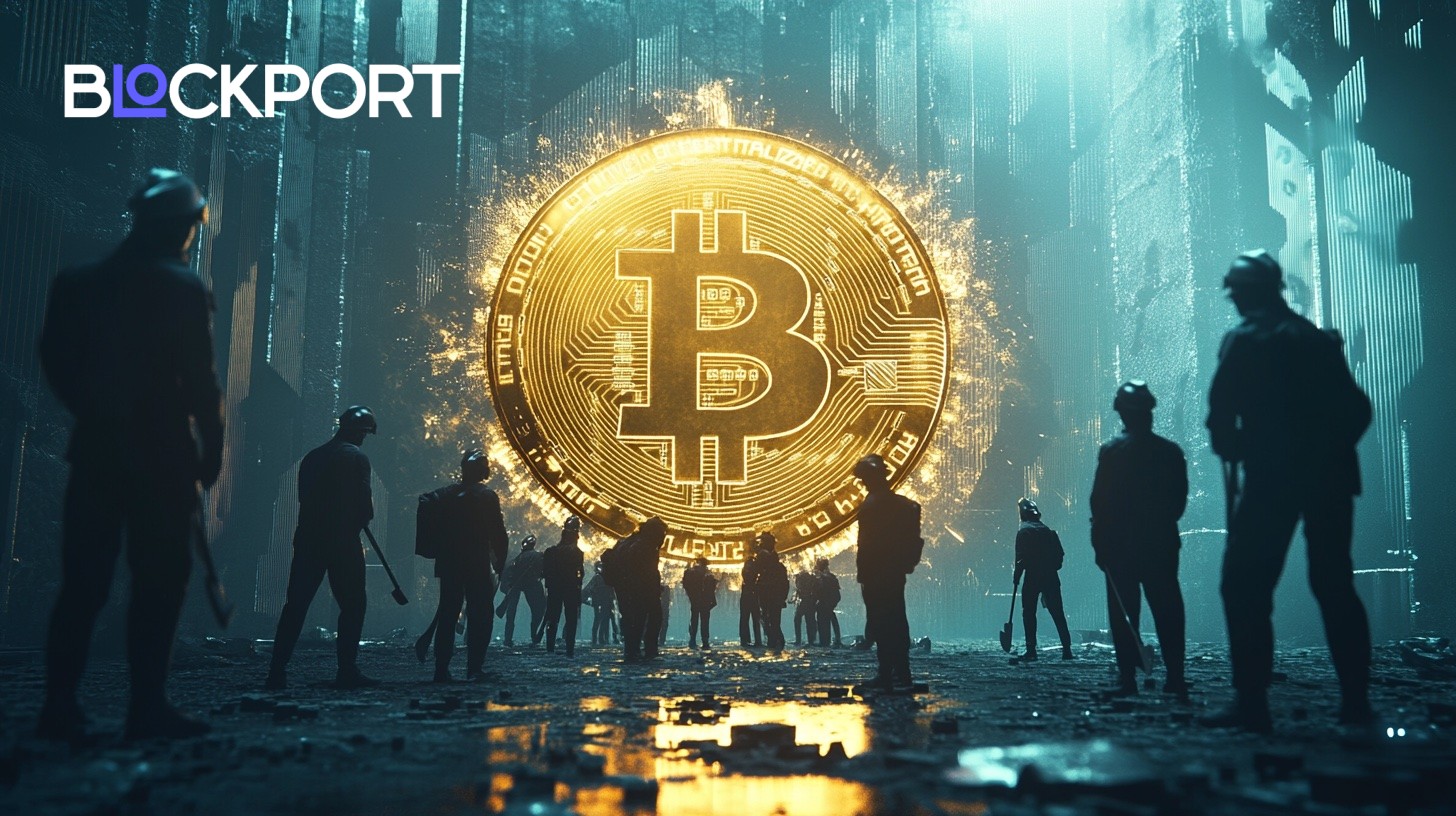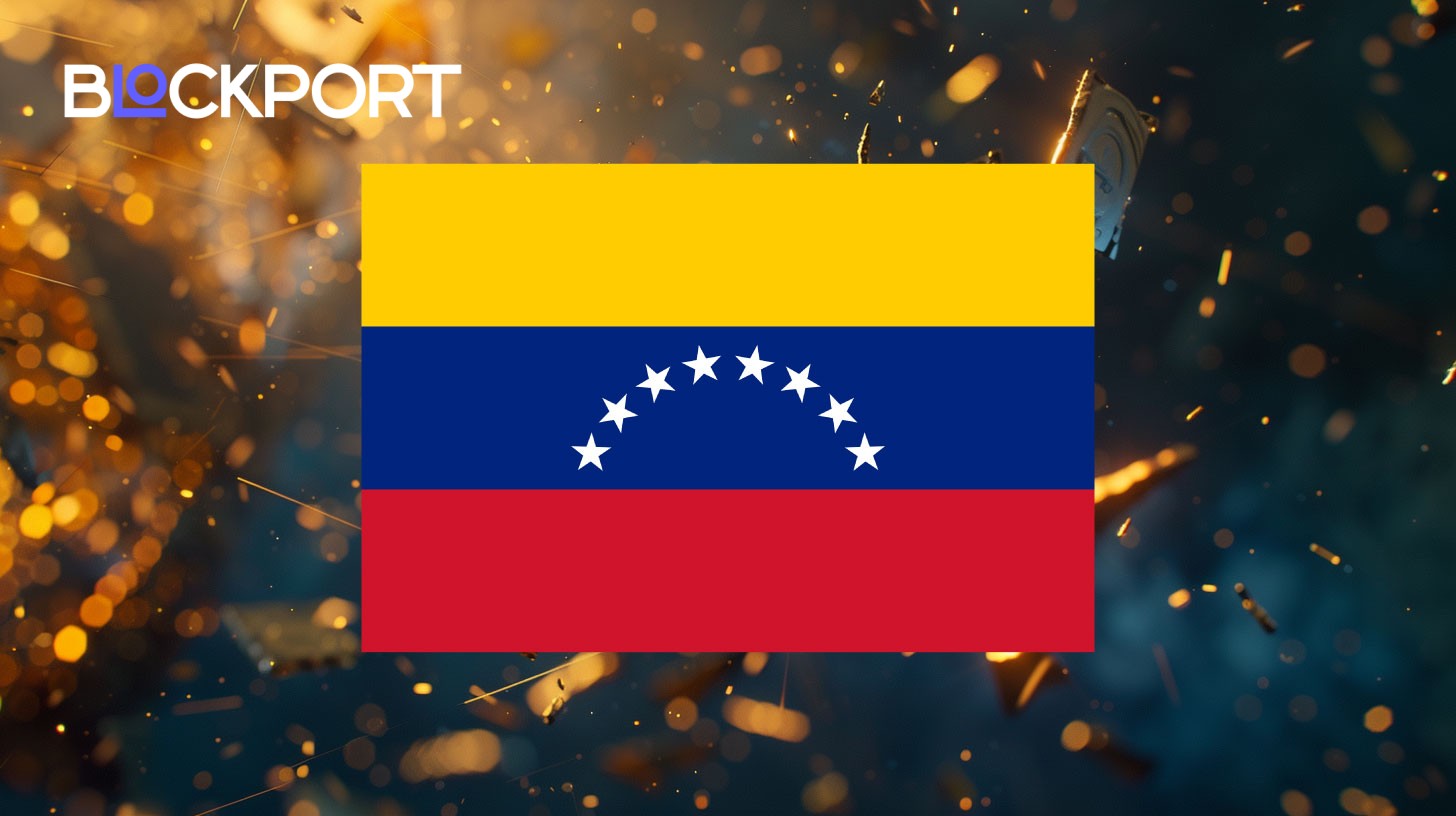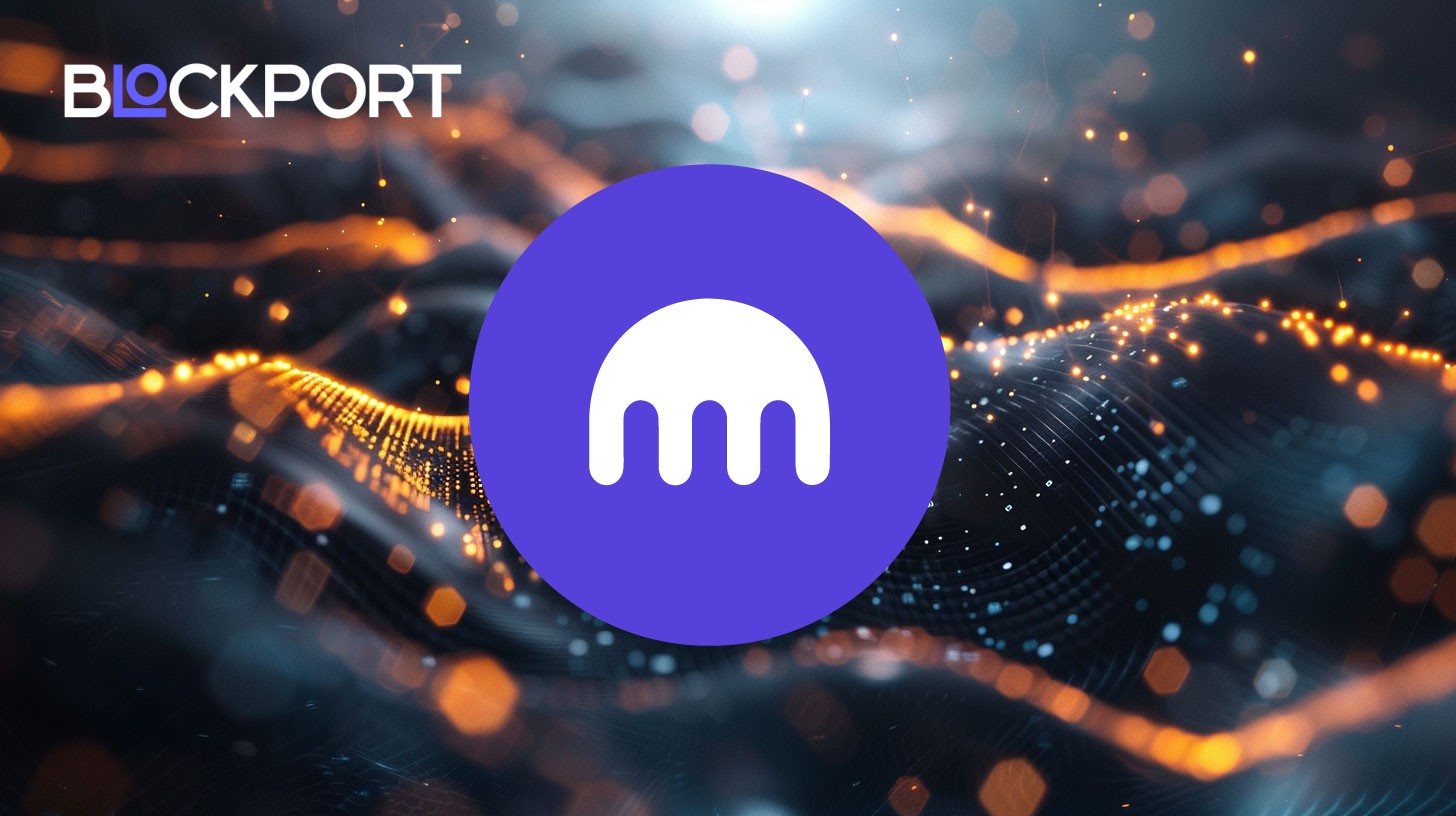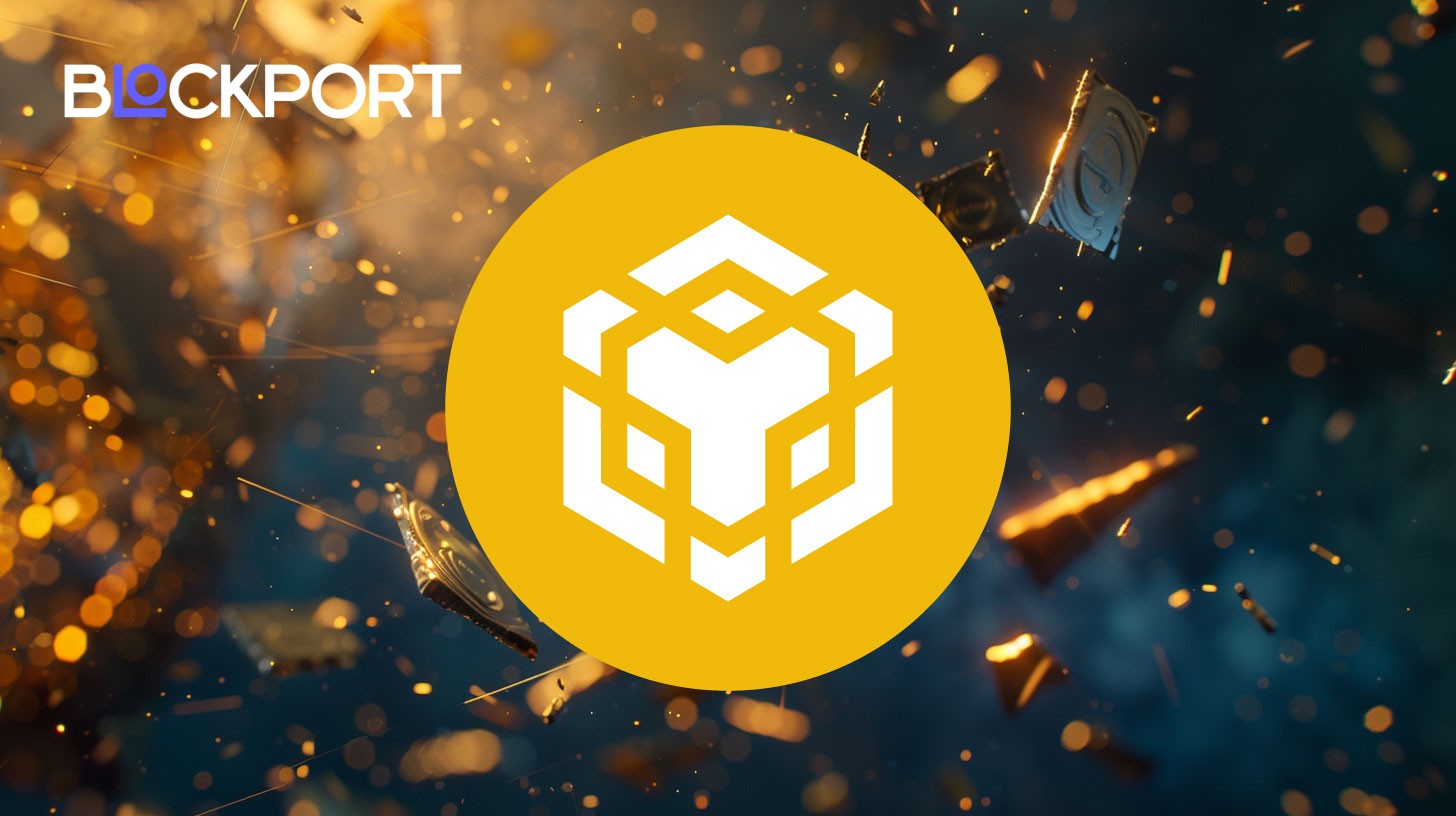Shineco launches world’s first platform to put human cells on the blockchain

How Shineco turned stem cells into digital assets. Learn how blockchain is changing medicine and why the company’s stock soared.
Five years ago, blockchain technology was primarily associated with cryptocurrencies, but it’s now expanding into complex fields like medicine and biotechnology. Recently, Shineco announced a unique project that opens up entirely new horizons for using cellular assets, generating significant market interest.
About Shineco and Its new project
Shineco, Inc. is a Chinese-American company specializing in the production and distribution of natural health products, agricultural goods, and traditional Chinese medicine. It operates through several subsidiaries and is headquartered in Beijing. In recent years, the company has actively expanded its horizons, and it has now taken a step into a completely new area at the intersection of biology and blockchain.
On August 13, 2025, Shineco announced the launch of the world’s first platform that will allow stem cells and other cellular assets to be turned into tradable digital instruments. This initiative is part of the company’s strategic plan to enter the biotechnology market and is being executed in partnership with Plus Me Limited. Plus Me specializes in distributed ledger technologies and will tokenize stem cell assets as part of this collaboration on the Ethereum blockchain. The goal is to create redeemable security tokens for cell therapy, which can then be used to exchange for real assets or to participate in research. This platform is designed to solve the problem of low liquidity in the biopharmaceutical asset market and attract new investments into scientific development.
How cellular asset tokenization works
The tokenization process involves four key steps:
- Collection and verification. Data on cellular assets is collected, meticulously verified, and recorded on the blockchain.
- Tokenization. A digital token is created based on the verified data, with each token representing ownership or usage rights to specific cellular assets.
- Creation of security tokens. Tokens are structured as redeemable security instruments that can be exchanged for real cellular assets or related services.
- Trading. These tokens can be bought, sold, and transferred on specialized blockchain platforms.
The launch of this platform not only diversifies the company’s business but also puts it at the forefront of the biotechnology field.
The announcement triggered a sharp rise in Shineco’s stock price. Shares of Shineco (NASDAQ: SINO) soared by 37% in trading on August 21, 2025, reaching a value of $6.78 per share. This was one of the most significant events for the company in recent times and showed how much investors believe in the potential of this project.
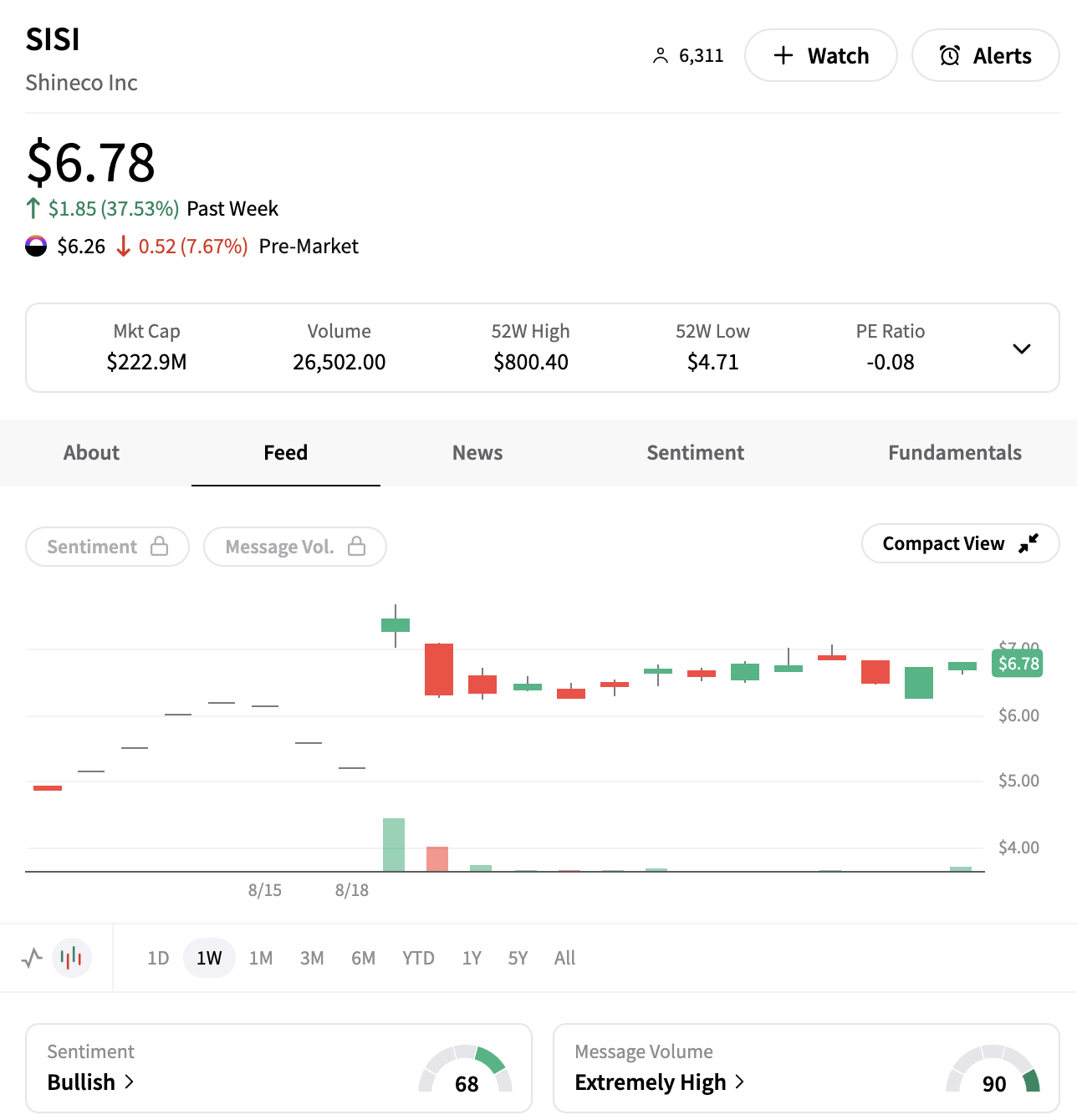
The stock price jump indicated that the market sees cell asset tokenization as a potentially profitable and promising direction. The rise in share price was also driven by the expectation that this technology could attract significant investment in cell therapy research and development.
The future of blockchain in science and medicine
Why integrate blockchain into medicine? The technology can solve problems that have seemed intractable in healthcare until now.
- Immutable data integrity. Today, your medical records and lab results are stored all over the place: at the clinic, in the lab, at a private hospital. The information is scattered, easy to lose, or, even worse, to falsify. Blockchain offers a solution that can be compared to a digital notary: every entry (research results, donor data, medical history) is permanently sealed in a decentralized database. It’s simply impossible to fake, because every user on the network has a copy.
- End-to-end traceability. And what about the security of drugs and materials? In medicine, every second and every degree of storage matters. Blockchain allows for the creation of a “digital passport” for each batch, whether it’s a cell therapy or a vaccine. You’ll be able to track the product’s journey from the lab to the hospital bed, ensuring that storage conditions were never compromised. It’s like a GPS tracker for medical supplies, guaranteeing their quality.
- Democratized research funding. The Shineco project is a great example of how this works. Tokenization breaks down huge, expensive assets (like labs and cell lines for research) into small “shares” that any retail investor can buy. This approach not only simplifies funding but also opens up new capital streams for research and development (R&D). By selling tokens, companies can directly attract funds for clinical trials, and investors get the chance to finance projects that were previously inaccessible to them.
- Patient data sovereignty. Today, you don’t own your medical data; it belongs to clinics and hospitals. Blockchain gives you full control: you decide who gets access and for how long. Want to share your medical history with a new doctor? Just grant them permission. Want to participate in a paid study? Give researchers temporary access.
Transforming healthcare through decentralized technology
The Shineco project represents more than a business venture – it’s a glimpse into a future where medicine operates with unprecedented transparency and patient empowerment. By tokenizing cellular assets, the company is pioneering a model that could revolutionize research funding, data ownership, and medical supply chain integrity.
While still in early stages, this integration of blockchain and biotechnology demonstrates how decentralized technologies can solve real-world problems in healthcare. As the platform develops, it may well establish the foundation for a more efficient, secure, and patient-centric medical ecosystem.
Content on BlockPort is provided for informational purposes only and does not constitute financial guidance.
We strive to ensure the accuracy and relevance of the information we share, but we do not guarantee that all content is complete, error-free, or up to date. BlockPort disclaims any liability for losses, mistakes, or actions taken based on the material found on this site.
Always conduct your own research before making financial decisions and consider consulting with a licensed advisor.
For further details, please review our Terms of Use, Privacy Policy, and Disclaimer.

